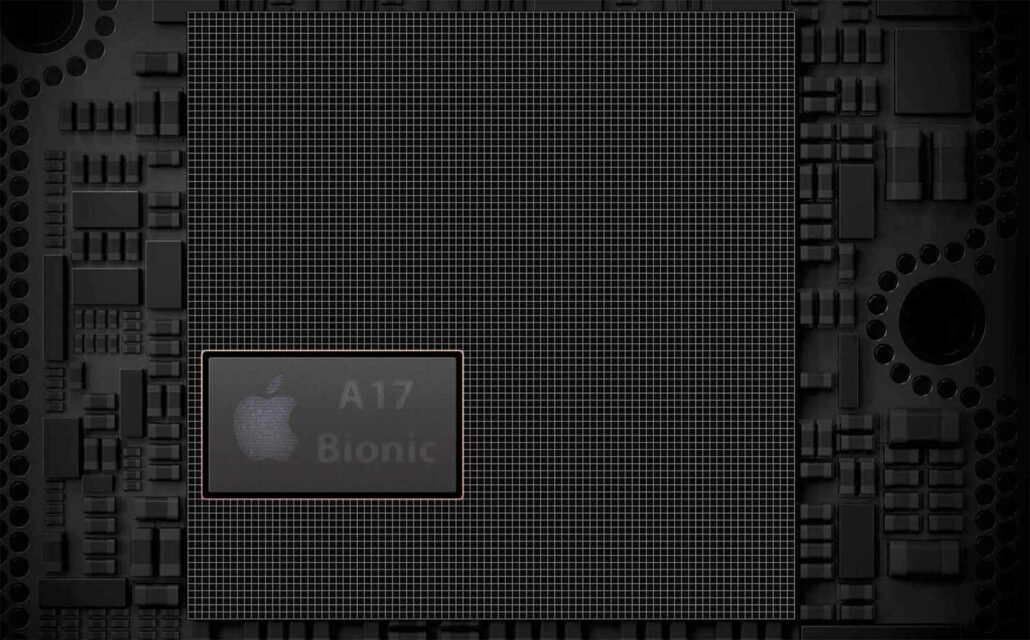根据前段时间的消息我们得知,苹果最终会采用台积电的3纳米架构。但是一份报告称,A17 Bionic和M3有更大提升的,将在第二代3纳米工艺上进行量产,而不是第一代。
台积电的第二代3纳米工艺也被称为N3E,日经新闻报道称,A17 Bionic和M3都将使用这一技术。M3将用于未来的Mac,而A17 Bionic的使用只限于iPhone 15 Pro和iPhone 15 Pro Max。至于台积电3纳米的第一次更新迭代,苹果的高端MacBook Pro有可能配备M2 Pro和M2 Max,它们是在后者的节点上大规模生产的。

分析师郭明祺早些时候的报告声称,新的MacBook Pro可能会采用5nm芯片组,而不是3nm。即将推出的iPad芯片也可能利用台积电的第一代3nm工艺,尽管没有提到具体型号。N3E改进的节能属性意味着苹果手表会得到有价值的升级,提供持久的电池续航。

We have known for a while that Apple will eventually hop on over to TSMC’s 3nm architecture for future chipsets. However, one report claims that the A17 Bionic and M3 will take a larger leap and will be mass produced on the second-generation 3nm process instead of the first iteration.
TSMC’s second-generation 3nm process is also known as N3E, and a Nikkei report claims that both the A17 Bionic and M3 will be based on that cutting-edge technology. The M3 will be used in future Macs, while the A17 Bionic is rumored to remain exclusive to the iPhone 15 Pro and iPhone 15 Pro Max. As for the first iteration of TSMC’s 3nm process, it is possible that Apple’s updated high-end MacBook Pro are outfitted with the M2 Pro and M2 Max that are mass produced on the latter’s node.
However, an earlier report from analyst Ming-Chi Kuo claimed that the new MacBook Pro could feature chipsets based on the 5nm process, not 3nm. Upcoming iPad chips may also take advantage of TSMC’s first-generation 3nm process, though the specific models were not mentioned. The improved power savings attribute of N3E means that the Apple Watch lineup, which has used the same chipset for the previous three generations, may finally get a worthy upgrade, delivering exceptional battery life.
Alongside the iPhone 15 Pro and iPhone 15 Pro Max, Apple is expected to launch the less expensive iPhone 15 and iPhone 15 Plus. According to previous predictions, the less premium members of the iPhone 15 series will be treated to the same A16 Bionic that currently powers the iPhone 14 Pro and iPhone 14 Pro Max, implying that Apple will not gravitate to TSMC’s first-generation 3nm technology, but stick with the 4nm variant.
We cannot wait to see what benefits are witnessed from using next-generation chip manufacturing technology to mass produce the M3 and A17 Bionic, so stay tuned for more updates.
#免责声明#
①本站部分内容转载自其它媒体,但并不代表本站赞同其观点和对其真实性负责。
②若您需要商业运营或用于其他商业活动,请您购买正版授权并合法使用。
③如果本站有侵犯、不妥之处的资源,请联系我们。将会第一时间解决!
④本站部分内容均由互联网收集整理,仅供大家参考、学习,不存在任何商业目的与商业用途。
⑤本站提供的所有资源仅供参考学习使用,版权归原著所有,禁止下载本站资源参与任何商业和非法行为,请于24小时之内删除!


